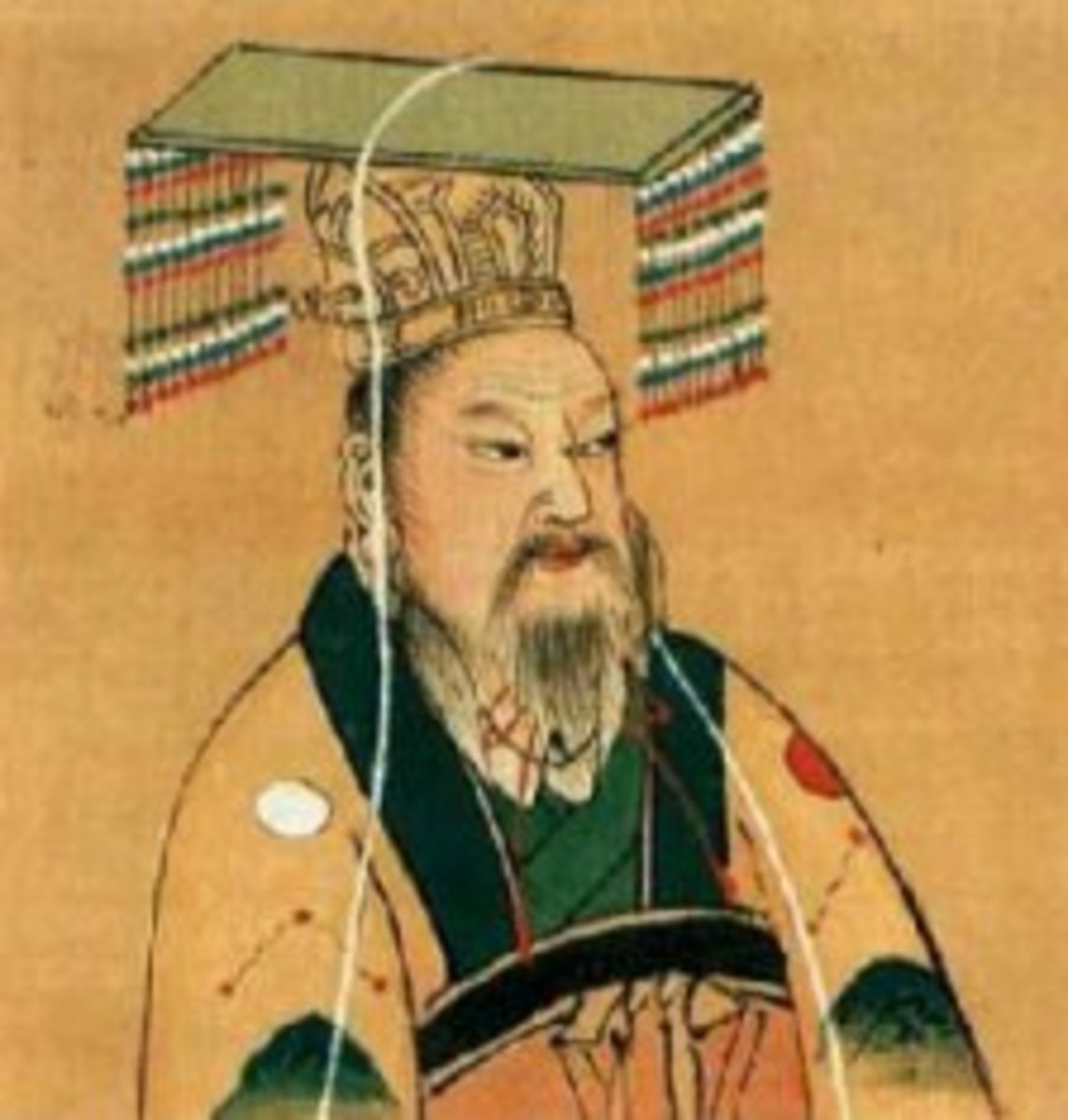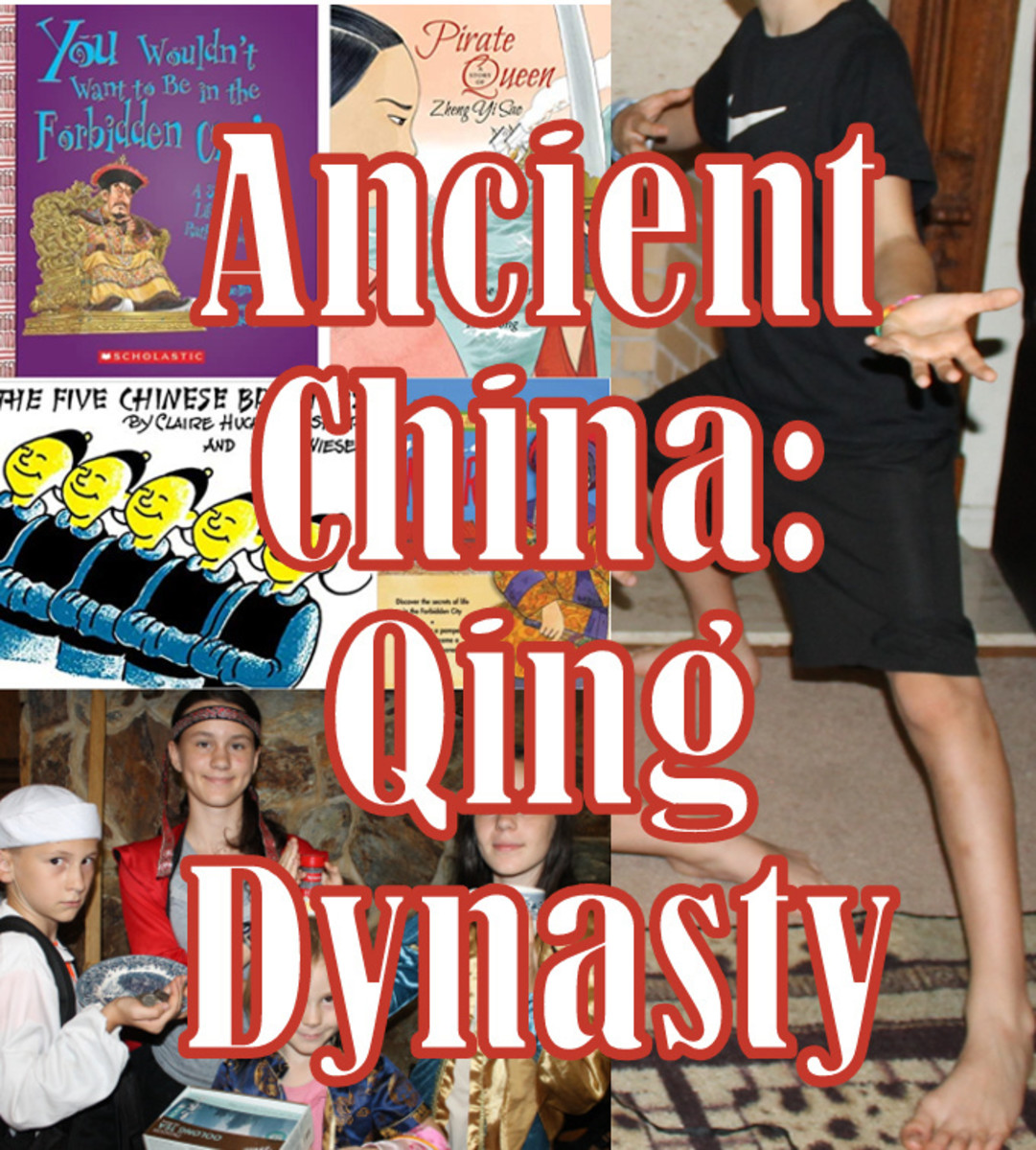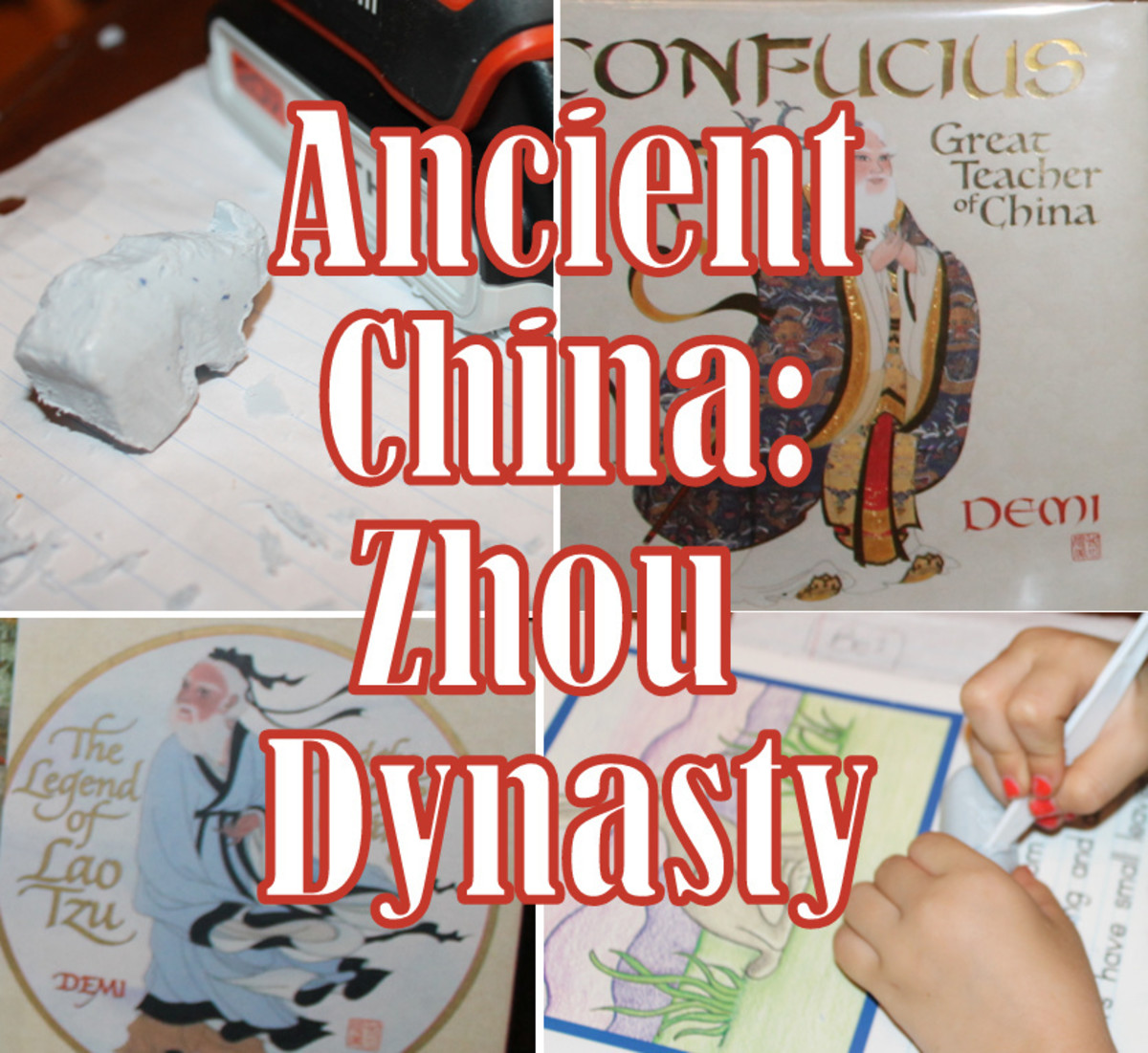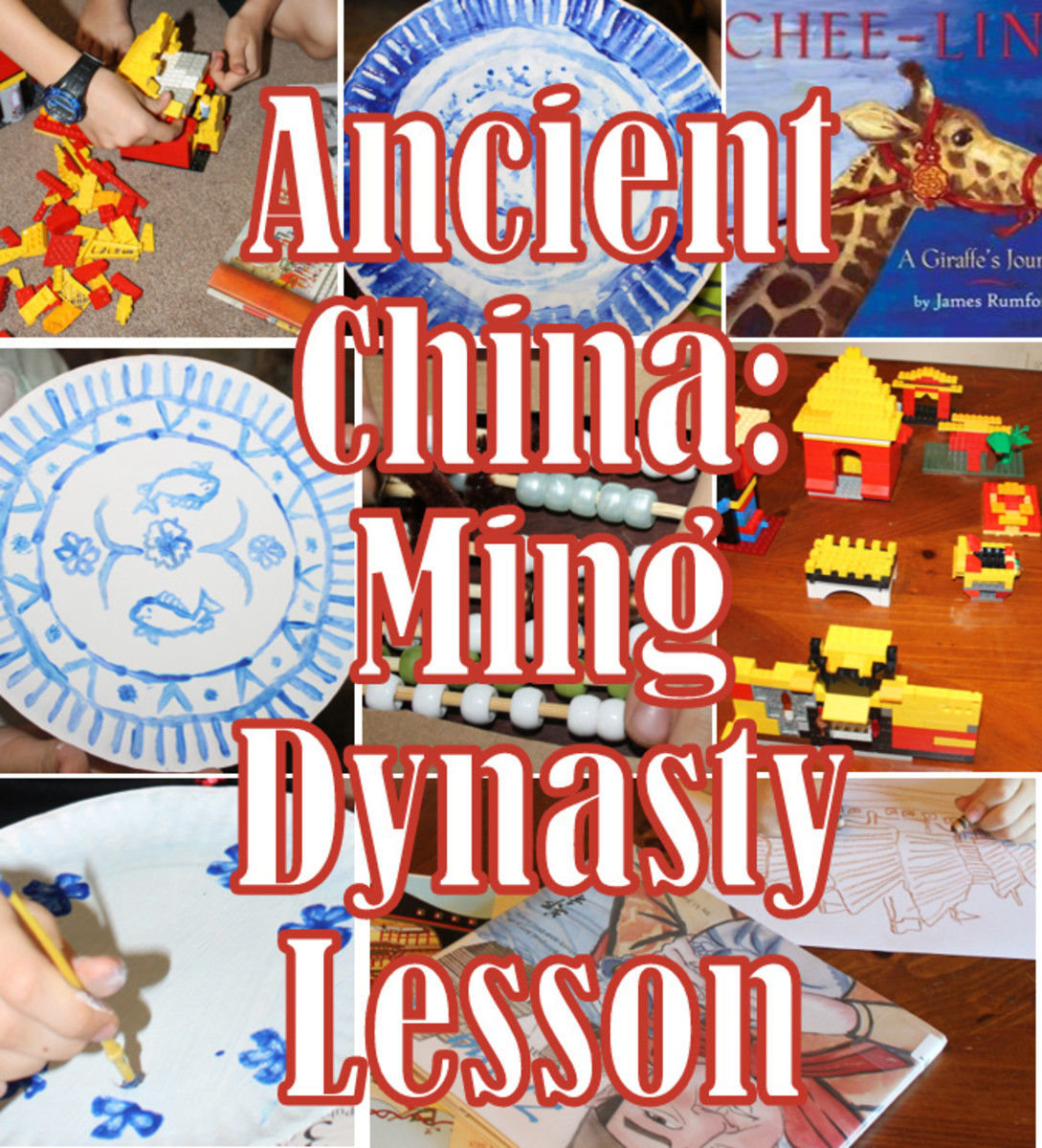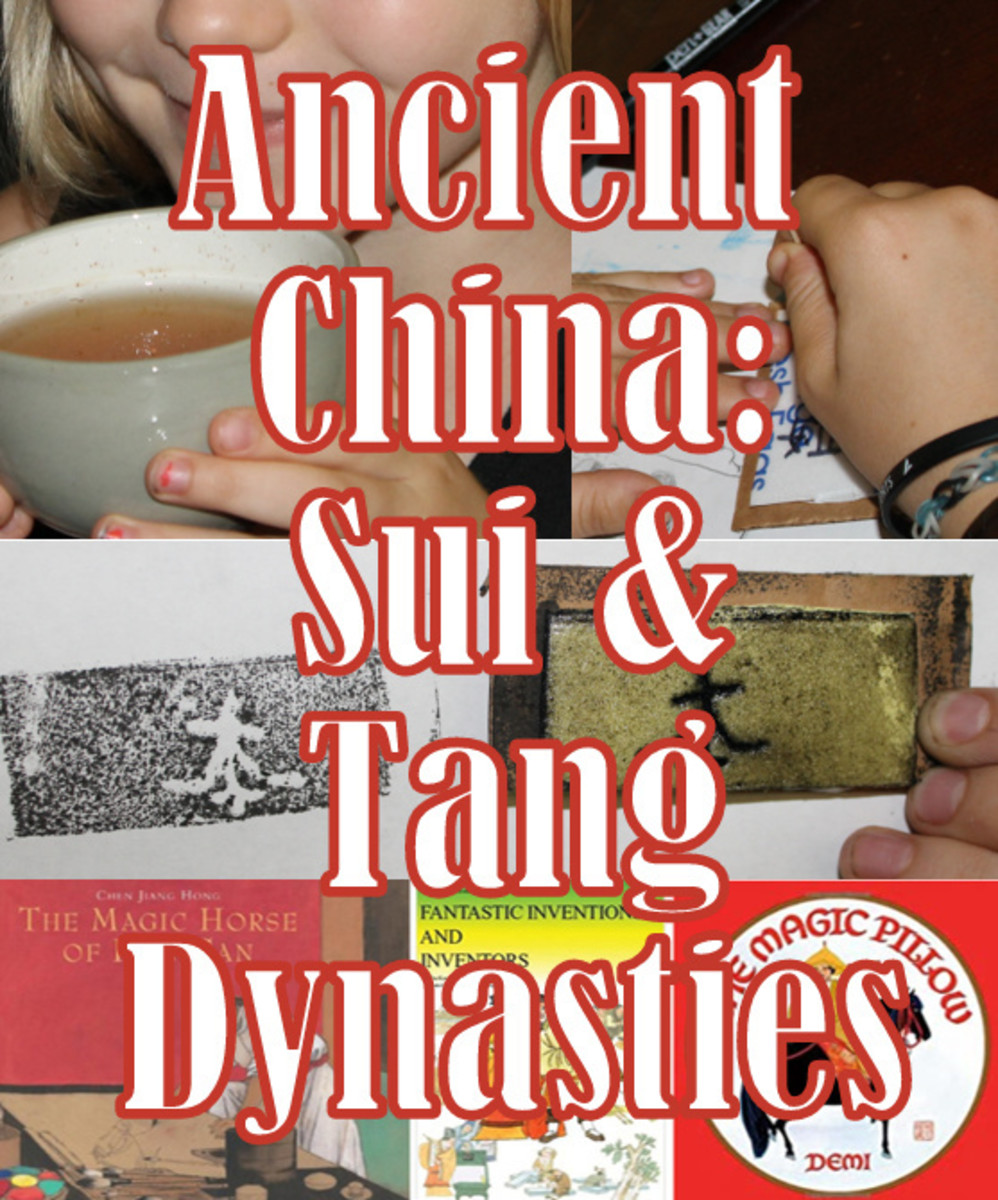- HubPages»
- Education and Science»
- History & Archaeology»
- History of Asia
The Great Walls of China
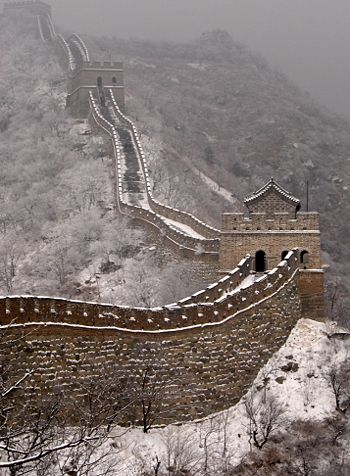
The Great Walls of China
When people think China they think about the Great Wall, however China has erected other walls to keep people out. These walls instead of being build with stone and mortar were built with fear and tradition. Xenophobia has been a wall in China’s history that has hindered China’s advancement throughout history. The dynasty cycle as the Chinese view history begins with a strong dynasty usually trade and other non-xenophobic policies are encouraged. During the end of a dynast, China’s economy becomes weak and the merchant class of China becomes ostracized by the Emperor. Generally the beginning of a dynasty is more open minded to change, but as the dynasties age, more emphasize is place upon the traditional mindset of Chinese officials.
“The Heritage of Chinese Civilization” describes the dynasty cycle of China.
The cycle begins with internal wars that eventually lead to the military unification of China. Unification is proof that Heaven has given the unifier the mandate to rule. Strong and Vigorous, the first rules, in the process of consolidating his political power, restore peace and order to China. His rule is harmonious. Economic growth follows, almost automatically. The peak of the cycle is marked by public works, further energetic reforms, and aggressive military expansion. During this phase, China appears invincible. But the cycle curves downward. The cost of expansion, coupled with an increasing opulence at the court, place a heavy burden on tax revenues just as they are beginning to decline. The vigor of monarchs wanes… In the view of Confucians historians, the last emperors in a cycle are not only politically weak but morally culpable as well (Craig33).
So basically the empire falls apart at the end o the dynasty. In the beginning of the cycle Chinas borders expand which illustrates the ideal of little xenophobia. Tradition is rarely used in the beginning of a new dynasty, because reform illustrates new ideas rather then the ideals of emperors not in favor of mandate of heaven. Also in the beginning of a dynasty the Emperor is politically strong and at the end of a dynasty the Empower is traditionally weak.
The first T’ang emperor instigated a bureaucratic government with centralized power, the beginning of the Sung empire transformed serfs into free farmers, and the first Ming emperor created a bottle-neck like rule. All of these Emperors and their reforms are example of change. “Fear Itself,” illustrates the difference between the early and later ideals of dynasty rules.
Relatively fearful societies are more likely to have coercive governments, limited civil rights, resistance to change and hostility towards outsiders. A fearless society, in contrast, is more likely is more likely to have the maximum latitude toward individual liberties, outside influences, and social change that is consistent with public order. Fearful societies run the risk of stagnation and decay. Fearless societies are vulnerable to rampant individualism and fragmentation (Dozier 149).
Late dynasty emperor’s used tradition to hide their incompetence as rulers. Thus the end of a dynast is a “fearful society.” The emperor’s reject anything that they perceive as being a threat, they close there minds and their borders. They become fearful of outsiders and then through stagnation and decay, a new dynasty comes into power. So xenophobia could be seen as the underlining factor that causes a dynasty to end. The beginning of a dynasty and the explorations of things foreign exposed the Chinese to new thoughts and technologies in addition to strengthening Chinas rule.
Xenophobia obviously effects foreign trade and in the beginning of the dynasty China uses foreign trade. Foreign trade is an excellent way to boost a nation’s economy especially with the way the Chinese executed foreign trade. China generally viewed other nations merchandise as inferior, so they did a hefty amount of exporting. Exportation for a country in good because it means all the money from other countries is poured into China. Xenophobia made China merchandise to be exotic rather then the common merchandise foreign countries were used to getting. China introduced silk, porcelain, china, and gunpowder. Gunpowder was probably a mistake by the Chinese. The problem with the exotic goods China was providing was other countries had different uses for these products. Overall Chinas economies during periods of foreign trade were booming.
The tribute system of the Ming Dynasty is an excellent example of non-xenophobic thought. The third Ming emperor and his successor sent out expeditions to various countries like India, Africa and the Arabian Gulf. The expeditions were sent to make splendor of China known, as well as to enroll other countries into the tribute system of China. However as war broke out with the Mongols the maritime expeditions ended, was there were costly and had little benefit. When the exploration expeditions ended the Ming was in a state of disarray. In 1644 the Ming finally fell to the Manchu rule.
During the Manchu rule Chinese officials were classic confusions, along with being hardcore traditionalists. This philosophy of life was resistances to change, and as a consequence the foreign calamities of the nineteenth century were written of as coastal phenomena. Xenophobia through traditional ideals caused the Manchu officials to underestimate foreign influences. A xenophobic fanatical religious group known as the Boxer’s rebelled against the foreign influences. Boxers were fanatically anti-Christians, anti-foreign, and originally anti-Manchu, they were intolerant traditionalists. Rituals, spells, and amulets were preformed to shield the Boxers from bullets, which was an ill testament to the Boxers understanding of the powers foreign influences controlled. The underestimation of foreign influences ultimately caused the dismantlement of China’s government and several foreign military occupations. Foreign influence was forced upon China, as foreign powers obtained new ports and cities.
Xenophobia has caused a lot of damage throughout china’s history. Xenophobia has influence the way the china views history as xenophobia topples once great dynasties; and forcing China to rebuild through the ashes of the former empire. The mortar and stone that built the Great Wall of China decays with time as does the walls of fear and tradition the china has erected around itself. China will no longer be injured by xenophobia as china moves on to become a “fearless society.”
Other interesting Reads
- The History of M & M's
The history of Mars Corporations M & M candy. Originally created by Forrest Mars during the Spanish Civil War... - The health benefit's of Garlic
The health benefits of garlic. Lower LDL cholesterol, cancer fighting, and various other benefits. A must read. - How to make your computer run faster?
Several ways to increase the speed of your computer for free and without having a be a computer genius. - The Health benefits of Chocolate
The health benefits of eating the correct kind of chocolates. Chocolate has been found to be a cancer fighting foods.


